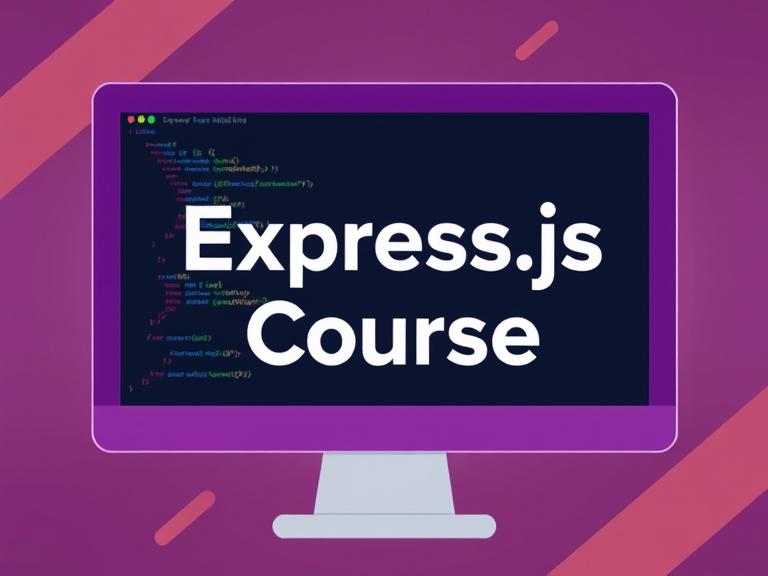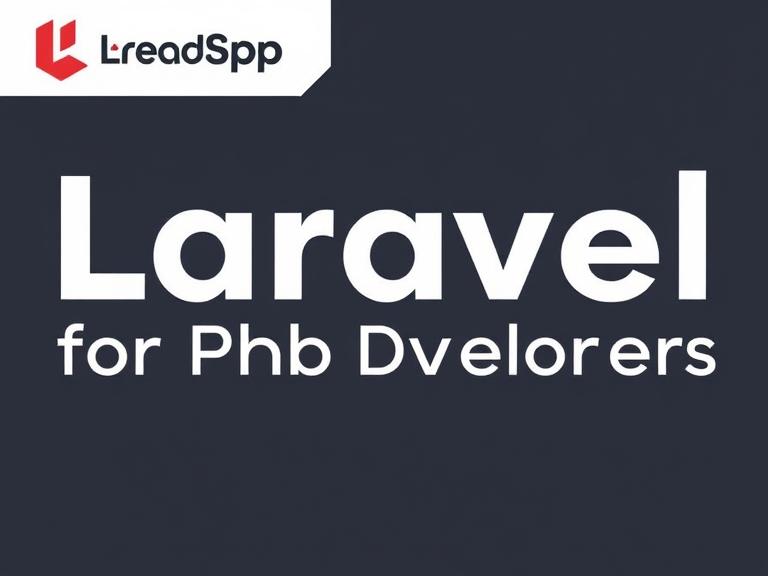Archives
Bootstrap is a free and open-source CSS framework developed by Twitter for designing responsive and mobile-first websites. It provides pre-styled components and a powerful grid system, making it perfect for fast prototyping. Why use Bootstrap? Getting started: Useful components: Customization:You can override styles using custom CSS or use Bootstrap’s Sass variables to tailor themes. Bootstrap […]
Express.js is a minimal and flexible web application framework for Node.js. It simplifies building APIs and web apps by providing a robust set of features with minimal overhead. Why use Express? Getting started: Core concepts: Popular middleware: Express is simple yet powerful—ideal for both beginners and professionals building scalable APIs or full-stack apps (especially with […]
Laravel is a modern PHP framework designed for building robust, maintainable web applications. Known for its elegant syntax, built-in tooling, and developer-friendly ecosystem, Laravel is a favorite among PHP developers. Why choose Laravel? Getting started: Advanced features: Laravel streamlines PHP development with expressive, readable code and powerful tooling. It’s ideal for startups, agencies, and full-stack […]
Vue.js and React are two of the most popular JavaScript frameworks for building modern web interfaces. While they share many similarities, they also differ significantly in philosophy, structure, and use cases. Vue.js: React: Key differences: Both are excellent choices. Pick Vue for quick MVPs and maintainability. Choose React for scalability, larger teams, or deeper ecosystem […]




